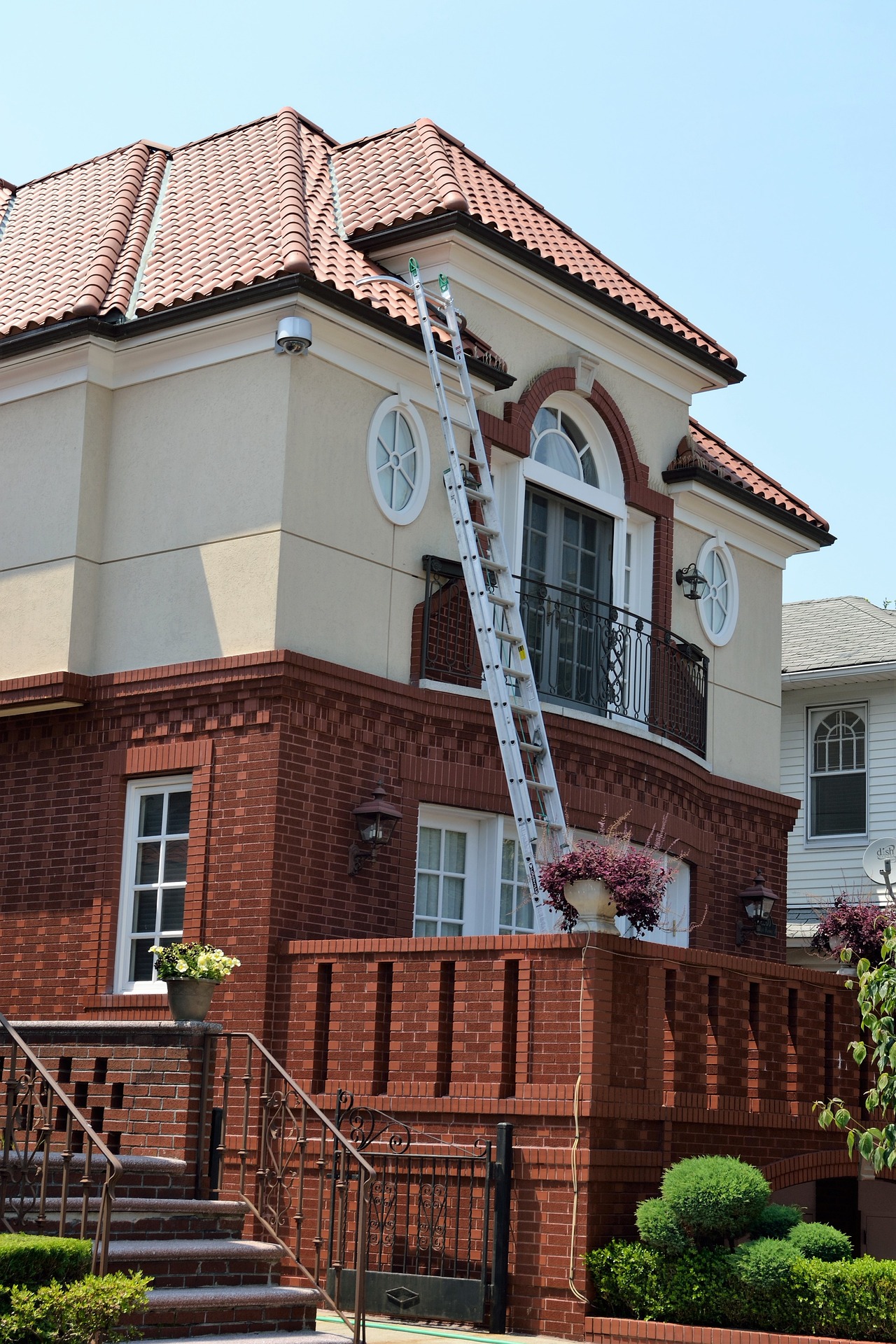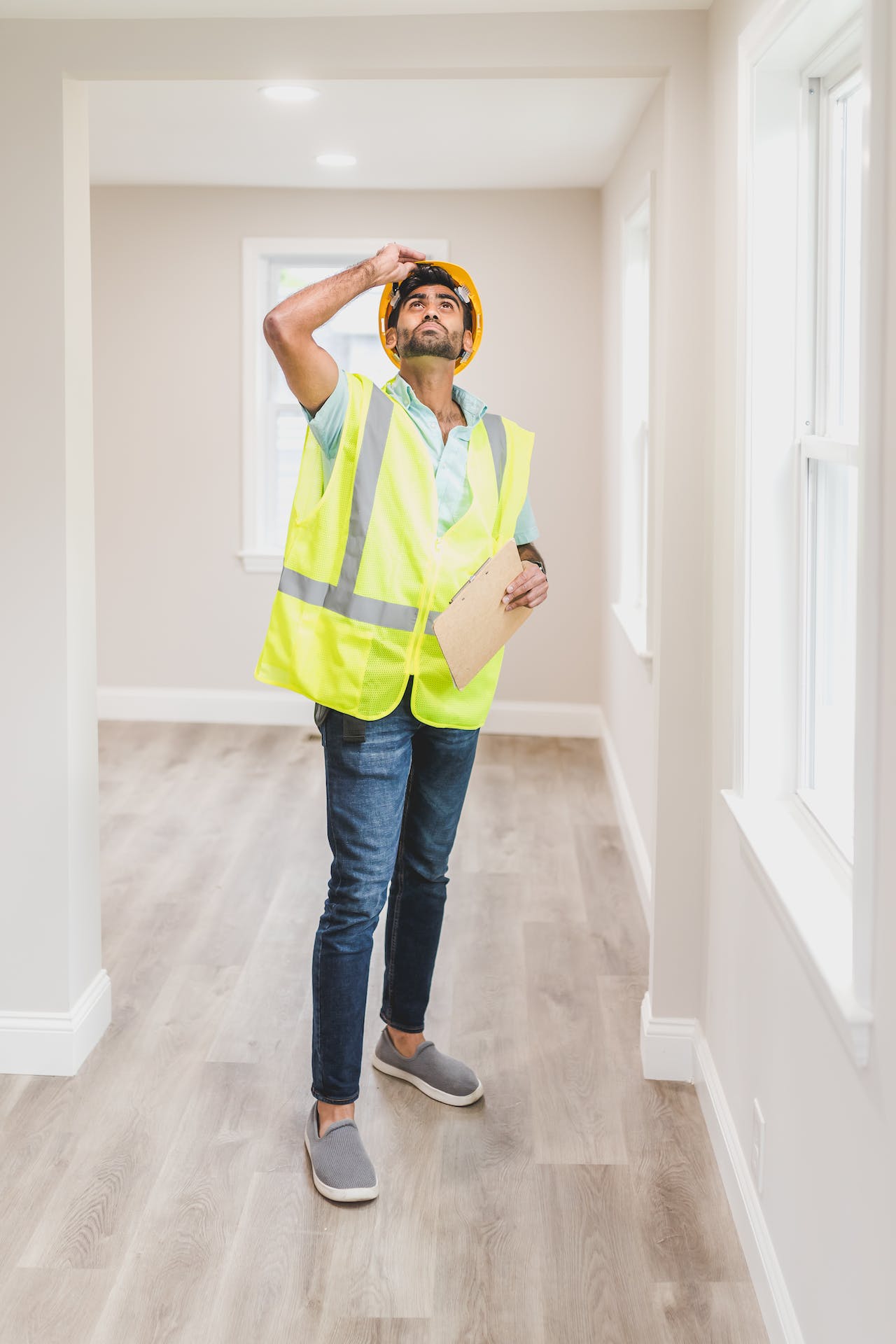Your Comprehensive Guide to Preventing Mold and Moisture Issues in Your Home

Tap the “Call Us Now” button below to get a free mold prevention and inspection consultation now.
Home, a sanctuary where comfort and safety intertwine, demands our utmost attention to maintain its well-being. Among the silent threats that can compromise the integrity of our homes is mold. Mold, a microscopic intruder, thrives in damp and dark spaces, posing not only structural risks but also potential health hazards. To safeguard your haven, it’s crucial to adopt a proactive approach to mold prevention and inspection. Let’s explore a detailed checklist that encompasses the key aspects of maintaining a mold-free environment.
1. Introduction
A. Importance of Mold Prevention
- Mold prevention is not just about aesthetics; it’s a fundamental aspect of preserving the structural integrity of your home and ensuring the health of its occupants.
B. Significance of Regular Inspections
- Regular inspections serve as the frontline defense, allowing you to identify and address potential mold issues before they escalate.
2. Understanding Mold
A. Definition and Characteristics
- Mold, a type of fungus, thrives in moisture-rich environments and reproduces through microscopic spores, making it imperative to understand its nature.
B. Common Types of Household Mold
- Familiarizing yourself with common molds like Aspergillus and Stachybotrys helps in recognizing potential threats.
C. Health Implications of Mold Exposure
- Mold exposure can lead to respiratory issues, allergies, and other health concerns, emphasizing the importance of prevention.
3. Factors Contributing to Mold Growth
A. Moisture and Humidity Levels
- Controlling moisture and maintaining optimal humidity levels are primary factors in mold prevention.
B. Poor Ventilation
- Inadequate ventilation creates stagnant air, promoting conditions favorable for mold growth.
C. Water Leaks and Seepage
- Promptly addressing water leaks and seepage prevents the initiation of mold colonization.
4. Creating a Mold-Resistant Environment
A. Proper Ventilation Strategies
- Effective ventilation, including the use of exhaust fans and proper air circulation, helps prevent moisture buildup.
B. Humidity Control Measures
- Utilizing dehumidifiers and maintaining proper ventilation systems assist in controlling indoor humidity.
C. Adequate Insulation Practices
- Well-insulated homes are less prone to condensation, minimizing the risk of mold growth.
5. Exterior Maintenance for Mold Prevention
A. Roof and Gutter Maintenance
- Regular inspection and maintenance of roofs and gutters prevent water accumulation and potential leaks.
B. Landscaping Strategies
- Proper landscaping directs water away from the foundation, minimizing the risk of water infiltration.
C. Effective Drainage Systems
- Installing efficient drainage systems ensures water is channeled away from the home, preventing water-related issues.
6. Regular Inspection Protocols
A. Frequency of Inspections
- Establishing a routine inspection schedule ensures timely identification of potential mold issues.
B. Identifying Warning Signs
- Recognizing musty odors, discoloration, and visible mold growth are crucial warning signs during inspections.
C. Professional Inspection Services
- Periodic professional inspections provide a thorough examination, uncovering hidden mold issues.
7. Tools for Home Mold Inspection
A. Moisture Meters
- Using moisture meters helps pinpoint areas with elevated moisture levels.
B. Thermal Imaging Cameras
- Thermal imaging cameras identify temperature variations, indicating potential moisture issues.
C. DIY Mold Testing Kits
- DIY testing kits offer a preliminary assessment of mold presence, aiding in early detection.
8. Hidden Mold Hotspots
A. Behind Walls and Wallpaper
- Inspecting behind walls and wallpaper, especially in areas prone to moisture, prevents concealed mold growth.
B. Air Conditioning and HVAC Systems
- Regular maintenance of HVAC systems ensures proper functioning and reduces the risk of mold proliferation.
C. Attics and Crawl Spaces
- Attics and crawl spaces are often overlooked; however, they are common locations for hidden mold growth, necessitating thorough inspections.
9. DIY Mold Remediation Techniques
A. Proper Protective Gear
- Equipping yourself with appropriate protective gear, including masks and gloves, ensures safe handling during the remediation process.
B. Safe Cleaning Products
- Using eco-friendly and effective cleaning products ensures thorough mold removal without harmful side effects.
C. Step-by-Step Removal Process
- Following a systematic removal process, including containment and proper disposal, guarantees a comprehensive cleanup.
10. Professional Mold Remediation Services
A. When to Seek Professional Help
- Engaging professional services is crucial for extensive mold infestations and when DIY efforts prove insufficient.
B. Choosing a Qualified Mold Remediation Company
- Selecting a reputable and experienced mold remediation company ensures thorough and effective removal.
C. Understanding the Remediation Process
- Understanding the remediation process aids in collaboration with professionals and ensures a successful outcome.
11. Importance of Timely Action
A. Rapid Response to Water Damage
- Swift action in addressing water damage prevents the initiation of mold growth.
B. Immediate Repairs and Fixes
- Promptly repairing leaks and addressing water-related issues prevents recurring mold problems.
C. Preventive Measures After Remediation
- Implementing preventive measures post-remediation ensures a reduced likelihood of mold recurrence.
12. Health Considerations
A. Recognizing Mold-Related Symptoms
- Being aware of symptoms like coughing and skin irritation aids in early identification of mold-related health issues.
B. Vulnerable Populations
- Understanding that certain populations, such as infants and individuals with respiratory conditions, are more vulnerable to mold-related health effects.
C. Long-Term Health Effects
- Acknowledging the potential long-term health effects emphasizes the importance of rigorous prevention measures.
13. Educational Awareness and Outreach
A. Community Workshops and Seminars
- Participating in community events fosters awareness and educates homeowners on effective mold prevention.
B. Online Resources and Information
- Accessing reliable online resources provides a wealth of information on mold prevention strategies.
C. Collaboration with Health Professionals
- Collaborating with health professionals ensures a comprehensive approach to mold prevention, considering both structural and health aspects.
14. Green and Natural Mold Prevention
A. Eco-Friendly Cleaning Products
- Utilizing environmentally friendly cleaning products minimizes the ecological impact of mold prevention efforts.
B. Natural Mold Inhibitors
- Exploring natural inhibitors like tea tree oil and vinegar provides sustainable alternatives to chemical-based solutions.
C. Sustainable Home Practices
- Adopting sustainable home practices contributes to a healthier living environment and reduces the risk of mold.
15. Legal and Insurance Aspects
A. Home Insurance Coverage
- Understanding the extent of home insurance coverage for mold-related issues is crucial for financial protection.
B. Legal Responsibilities of Homeowners
- Being aware of legal responsibilities ensures compliance with regulations and mitigates potential liabilities.
C. Documenting Mold-related Damages
- Thoroughly documenting mold-related damages supports insurance claims and legal proceedings if necessary.
16. Long-Term Strategies for Mold Prevention
A. Regular Maintenance Schedules
- Establishing and adhering to regular maintenance schedules ensures ongoing mold prevention efforts.
B. Continuous Education and Updates
- Staying informed about the latest mold prevention techniques through continuous education is vital for homeowners.
C. Building a Mold-Resilient Home
- Incorporating mold-resistant materials and construction practices during renovations contributes to a long-term mold-free home.

Click the “Call Us Now” button below to get a free mold prevention and inspection consultation now.